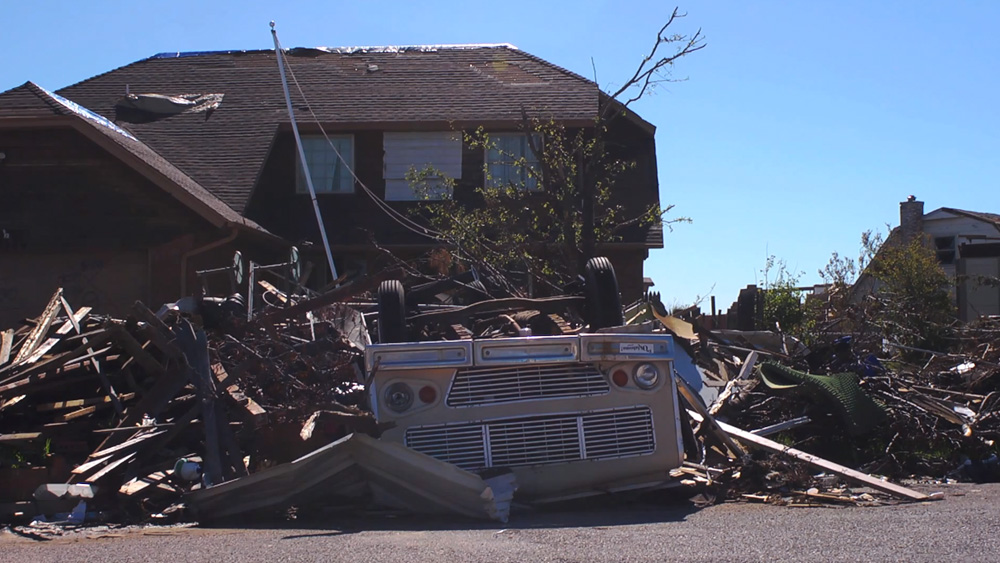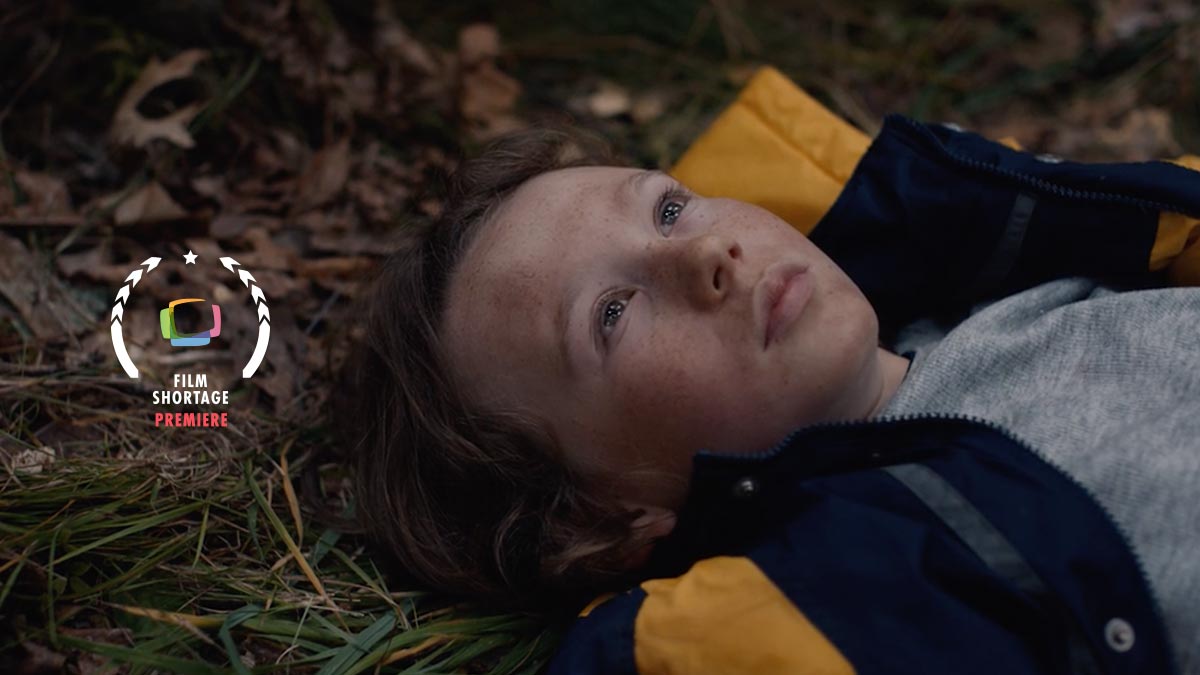When her sister and her friends disappear, Fae is left wondering if the stories about the woods behind her new house are true.
The Holes Beneath The Trees explores an emerging minimalist filmmaking style, made popular by the likes of shows like Stranger Things, where the mystery itself becomes a background story, as they main story focuses on the human and emotional side of things. In this suspenseful mystery directed by Spencer Thielmann, nine year old Fae tries to tag along on her teenage sister’s camping trip, only to be scared off by a spooky campfire story made up by the older kids. When her sister and her friends disappear, Fae is left wondering if the stories about the woods behind her new house are true.
The idea of this film came about when Emily Berge (the co-writer) and I were discussing the things that had scared us as children – the memories we had, from experiences we had misunderstood, that we realized now had been specific only to us. The feeling of some unknown terror, that overwhelmed us, but was completely missed by the adults in our lives. We each had stories like that and thought that it was so funny, so interesting, that this was universal. We wanted to capture that strange sense of hubris that comes with being a child (probably fed by multiple viewings of The Goonies and ET) – that you think, somehow, you know more about what is going on than anyone else.
The film really strikes us with its particular mood, with such a loose storyline we are incredibily engaged into the mysterious sense! Where there is actually little character development, the time is rather used to develop the suspense of the unknown. We are empowered by subtle subtle directional details, like the mom character always being off-screen (or partially) which really helps accentuate the focus on the main character.
We shot on an Amira with an old school anamorphic lens. I believe the whole film ended up being shot on that one lens. The anamorphic lens helps create a “window” into the world of the narrative, where it feels relatable but still has a feeling of magic and surreal-ness to it which definitely helps in the film’s storyline. It lends a gravitas to the events that happen and helps us focus in on the characters and what’s important. We tried to keep the production relatively simple, and stylistically chose to go with long shots for many of the scenes without shooting much, and a lot of the time, any other coverage. This did allow us to do some fun things – like the car shot, where we used a hostess tray to shoot from outside the car looking in so that we could see Fae peering out at the trees going by in the car window’s reflection. Our lighting was simple as well and we tried to achieve a little of of a heightened or more cinematic version of what we were giving with just natural light or practicals.




